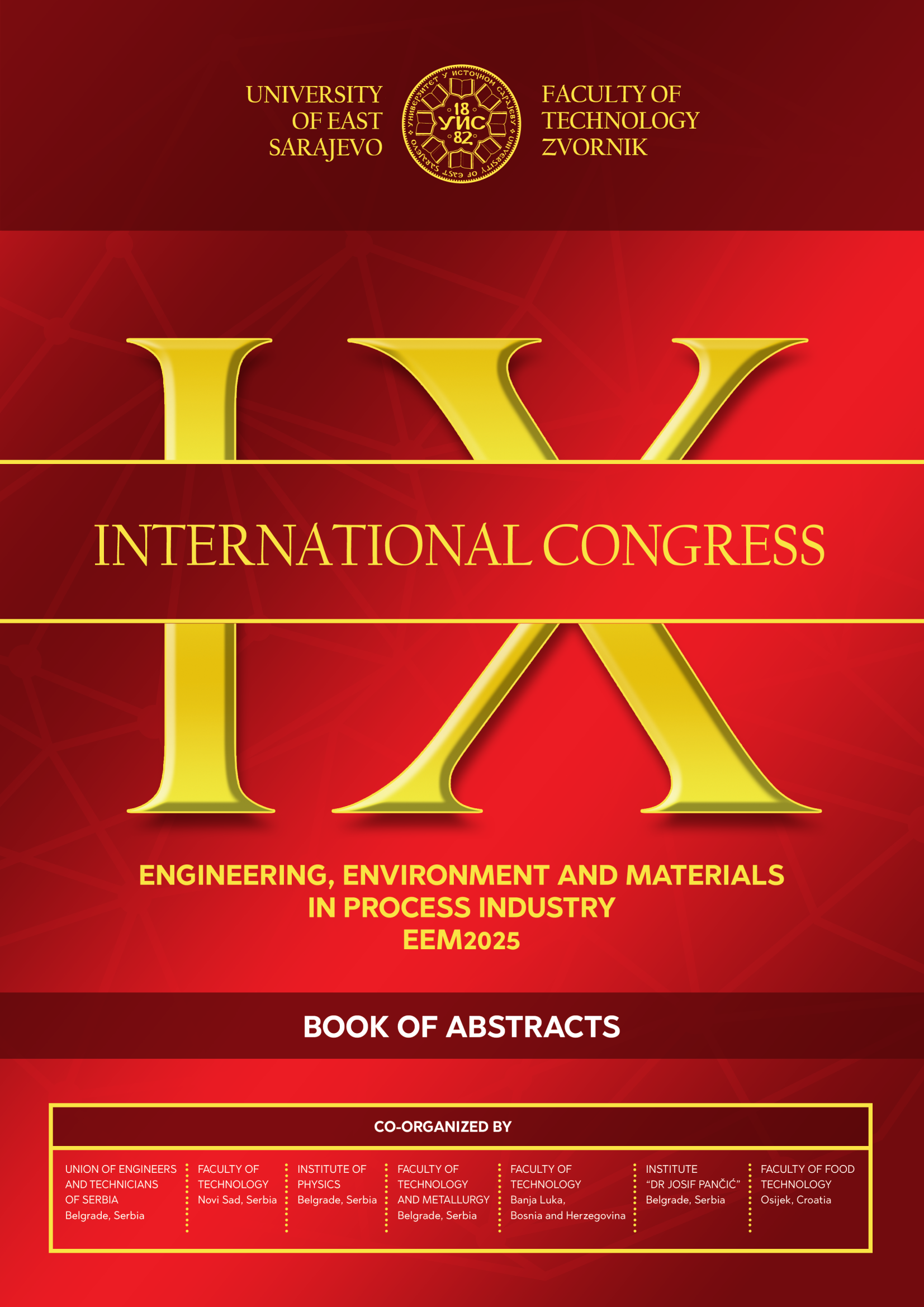
This is an open access article distributed under the Creative Commons Attribution License which permits unrestricted use, distribution, and reproduction in any medium, provided the original work is properly cited.
University of East Sarajevo, Production and Management Faculty, Vojvode Stepe Stepanovića bb , Trebinje, Republic of Srpska , Bosnia and Herzegovina
University of East Sarajevo, Faculty of Education, Semberskih ratara bb , Bijeljina, Republic of Srpska , Bosnia and Herzegovina
University of East Sarajevo, Faculty of Technology Zvornik, Karakaj 34a , Zvornik, Republic of Srpska , Bosnia and Herzegovina
University of East Sarajevo, Faculty of Technology Zvornik, Karakaj 34a , Zvornik , Bosnia and Herzegovina
IME Process Metallurgy and Metal Recycling, RWTH Aachen University, Intzestr. 1 , Aachen , Germany
University of East Sarajevo, Faculty of Technology Zvornik, Karakaj 34a , Zvornik, Republic of Srpska , Bosnia and Herzegovina
University of East Sarajevo, Faculty of Technology Zvornik, Karakaj 34a , Zvornik, Republic of Srpska , Bosnia and Herzegovina
Occupational Health and Safety (OH&S) and other management systems are crucial in enhancing the operational activities of organizations in regional countries improving their public image and ensuring safety. Despite the evident advantages, the practical implementation and integration of these systems frequently present substantial challenges. These challenges can significantly influence an organization’s decision to set up and certify integrated or particular management systems. This study provides a comprehensive analysis of the general concept, current status, and quantitative evaluation of organizations that have implemented certified OH&S management systems within the region. The analysis utilizes the most recent data released by the International Organization for Standardization (ISO), which includes wider statistics on the number, types, and trends of certified systems in the region. Based on this analysis, the paper offers well-informed observations, conclusions, and recommendations aimed at improving the current state and general measures to enhance OH&S in the regional context.
The statements, opinions and data contained in the journal are solely those of the individual authors and contributors and not of the publisher and the editor(s). We stay neutral with regard to jurisdictional claims in published maps and institutional affiliations.